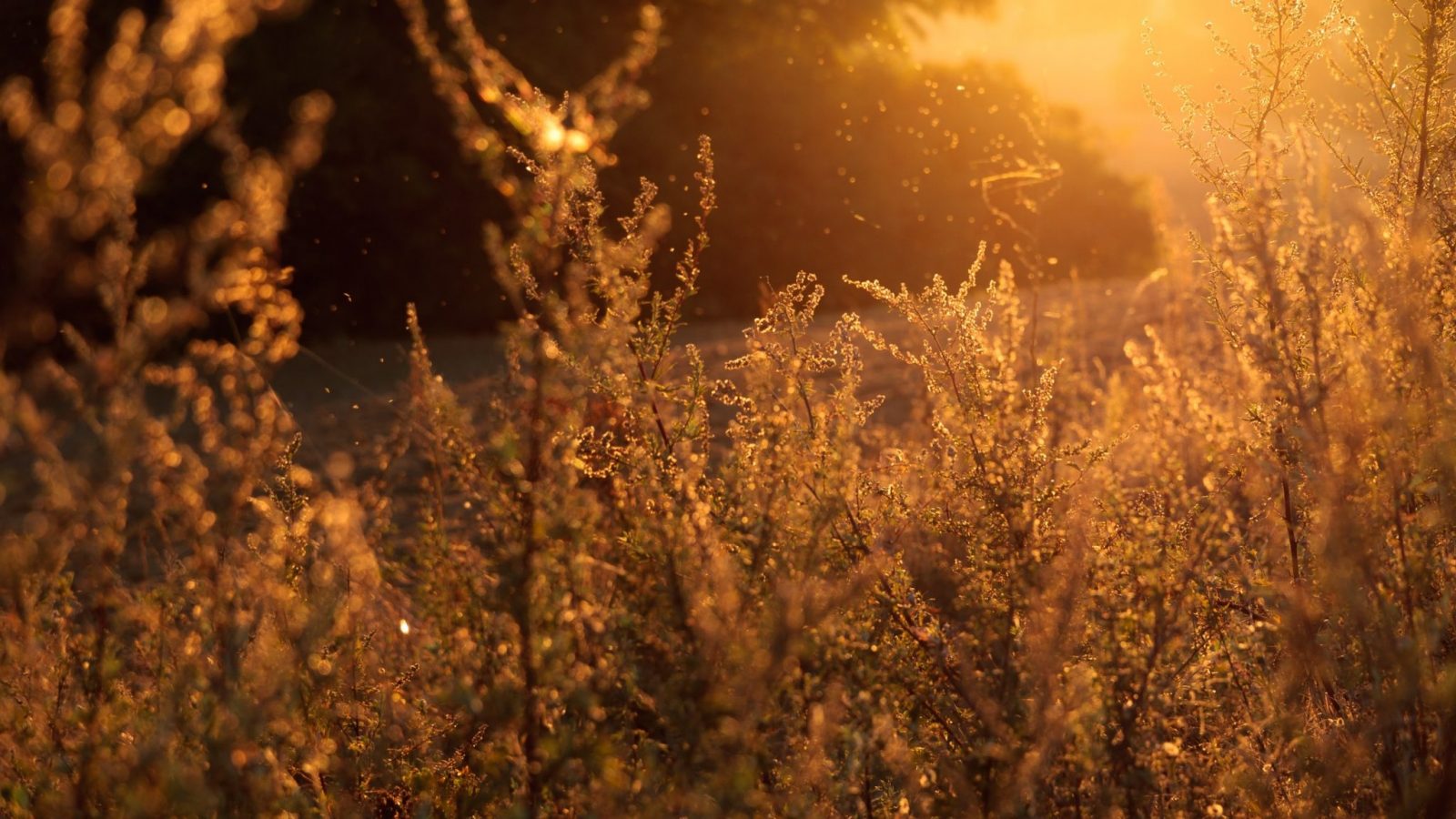Hay Fever was first described by a doctor in 1814, which involved sneezing and itching during summer months, and the term was coined during the 19th century as result of ailments from the smell of hay. It was initially considered an aristocratic disease, only affecting the upper class, as most reported cases were from the clergy or medical profession. Some even considered it fashionable – sufferers in America called themselves hay feverites and organised retreats for “peaceful refuge from irksome pollen”, which became known as hay fever holidays!
But those with hay fever feel nothing like being on holiday and at peace. Whilst not life threatening, it can be disabling and affect many Australians – 1 in 5 and rising according to the latest statistics. Pollen season is lengthening, weather is affecting related conditions (e.g. thunderstorm asthma) and allergies are on the rise. Thus more of us are susceptible to attacks of itching, sneezing, blocked nose and watery eyes.
Relief comes from reducing exposure, nasal sprays, eye drops, anti-histamines, allergy testing and desensitisation, particularly during smoky, polluted days like we have in Sydney at the moment where pollen count is through the roof. So take care if you or family members are affected – not keeping on top of hay fever can result in sleep disturbance and fatigue, headaches and poor concentration, ear or sinus infections, and harder to control asthma.
References:
- https://www.historyextra.com/period/7-facts-about-the-history-of-hay-fever/
- https://www.news.com.au/lifestyle/health/victoria-headed-for-worst-hay-fever-season-due-to-increased-pollen/news-story/86b72d92d5341c6b1cea0522e37dac27
- https://www.betterhealth.vic.gov.au/health/conditionsandtreatments/hay-fever
- https://www.allergy.org.au/patients/allergic-rhinitis-hay-fever-and-sinusitis/allergic-rhinitis-or-hay-fever
- http://theconversation.com/hay-fever-survival-guide-why-you-have-it-and-how-to-treat-it-34000
